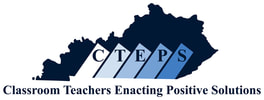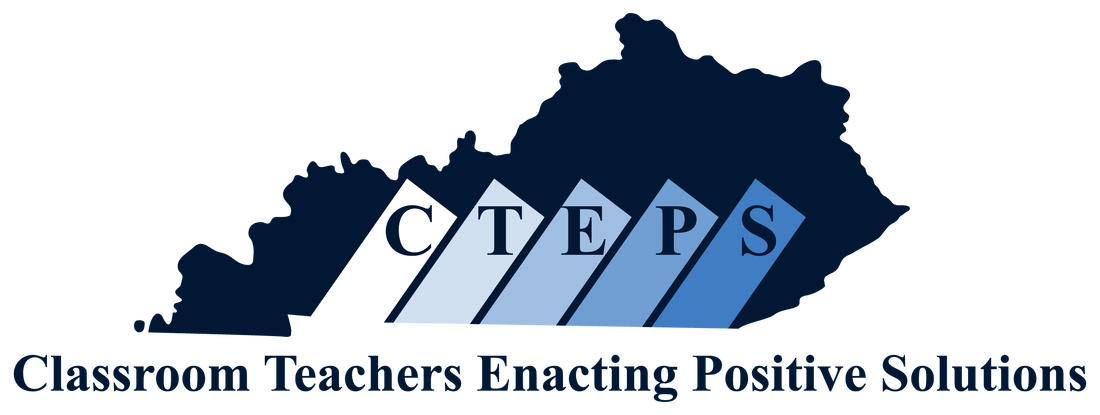|
CTEPS is teacher-powered with fiscal agency from the Collaborative for Teaching and Learning. Participants have been sponsored by school districts, non-profit organizations, and other funders. Contact us at lhill@kycteps.org or @kycteps on Twitter. |
Search here to find the work of specific CTEPS teachers, school districts, or topics.
|


 RSS Feed
RSS Feed
